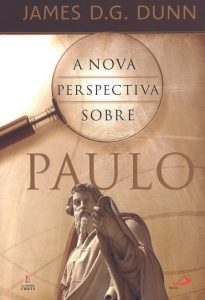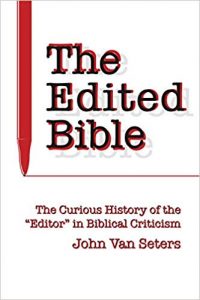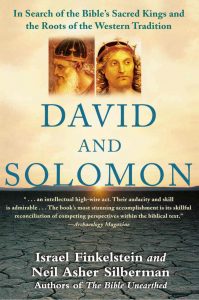Dezenas de arqueólogos e biblistas reunidos em Jerusalém se perguntam: Como as novas descobertas arqueológicas podem contribuir para explicar o mundo, a vida e o pensamento de Jesus de Nazaré?
Desta discussão nasceu o livro Jesus e a Arqueologia, organizado por James H. Charlesworth, e publicado pela editora Eerdmans , que parece digno de atenção. Embora eu ainda não conheça a obra, os autores são respeitados especialistas na área.
, que parece digno de atenção. Embora eu ainda não conheça a obra, os autores são respeitados especialistas na área.
CHARLESWORTH, J. H. (ed.) Jesus and Archaeology. Grand Rapids, MI: Eerdmans, 2006, 740 p. – ISBN 9780802848802.
Diz a sinopse da editora:
A arqueologia ainda tem muito a revelar sobre a vida e o mundo de Jesus de Nazaré. Estudar um vaso de dois mil anos que esteve nas mãos de um judeu que morava em um pequeno vilarejo frequentado por Jesus pode nos aproximar da compreensão daqueles que conviveram com Jesus. Jesus and Archaeology contém as palestras revisadas e editadas que os principais arqueólogos e estudiosos bíblicos apresentaram em uma reunião em Jerusalém para celebrar o novo milênio. Muitos deles vieram diretamente de suas escavações em lugares como Betsaida, Cafarnaum, Nazaré e Jerusalém para compartilhar suas descobertas e percepções, fazendo a seguinte pergunta: Como as novas descobertas arqueológicas podem contribuir para explicar o mundo, a vida e o pensamento de Jesus de Nazaré? Os leitores de Jesus e a Arqueologia terão muitos novos insights sobre a vida e os tempos deste fascinante judeu da Galileia.
Archaeology still has many things to reveal about the life and world of Jesus of Nazareth. To touch a two-thousand-year-old pot held by a Jew who lived in a small village frequented by Jesus can bring us closer to understanding those who were touched by Jesus. Jesus and Archaeology contains the revised and edited lectures that leading archaeologists and biblical scholars presented at a gathering in Jerusalem to celebrate the new millennium. Many contributors came directly from their excavations in places like Bethsaida, Capernaum, Nazareth, and Jerusalem to share their discoveries and insights, focusing on the question In what ways do new archaeological discoveries clarify the world, life, and thought of Jesus from Nazareth? Readers of Jesus and Archaeology will gain many new insights into the life and times of this fascinating Galilean Jew.
Contributors:
Paul N. Anderson
Rami Arav
Dan Bahat
Richard A. Batey
Avraham Biran
Brian J. Capper
James H. Charlesworth
Bruce Chilton
James D. G. Dunn
J. K. Elliott
Esther Eshel
Craig A. Evans
Sean Freyne
Yizhar Hirschfeld
William Klassen
John S. Kloppenborg
Achim Lichtenberger
Frederic Manns
John Painter
Michele Piccirillo
Bargil Pixner
Emile Puech
John Reumann
Peter Richardson
Henry W. M. Rietz
Daniel R. Schwartz
Benedict Thomas Viviano
Urban C. von Wahlde
John W. Welch
Jurgen Zangenberg
Joseph E. Zias



